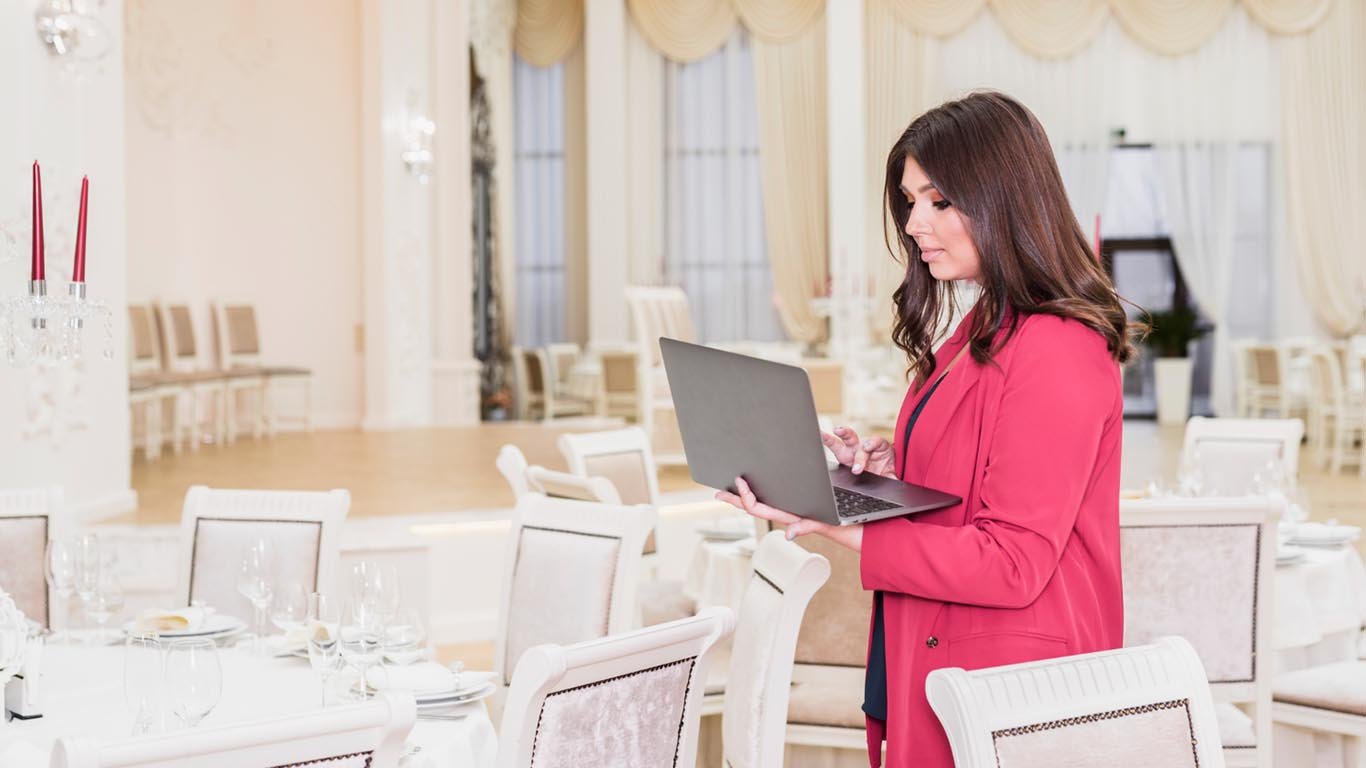Weddings and milestone events are more than just single-day celebrations—they’re opportunities to create meaningful experiences that resonate long after the final toast. In today’s world, where personalization and purpose matter more than extravagance, planning a memorable event is about crafting a story, engaging the senses, and leaving guests with unforgettable moments.
Here’s how to go beyond the basics and design an event that leaves a lasting impression.
1. Start with a Clear Vision
Every memorable event begins with a clear and cohesive vision. Instead of fixating on trends or Pinterest-perfect aesthetics, think about the feeling you want your guests to walk away with. Do you want the event to feel intimate and heartfelt? Energetic and fun? Elegant and refined?
Once you define the overall vibe, use it as your compass for decisions about the venue, theme, music, and décor. A consistent narrative not only ties everything together but also helps create a more immersive and memorable experience.
2. Focus on Personalization
Cookie-cutter events are easy to forget. To truly stand out, infuse your personality into the details. Whether it’s custom vows, handwritten notes at place settings, or a playlist curated with meaningful songs, these personal touches show intention and care.
For weddings, consider adding elements that reflect your shared story—like displaying photos from your relationship journey or including cultural rituals that honor your heritage. For birthdays or corporate events, tailor the program to reflect the guest(s) of honor or brand identity.
3. Engage the Senses
The most memorable events are multisensory. When planning, think beyond visuals. Consider:
- Taste: Serve food that surprises and delights. Interactive stations, local specialties, or signature cocktails offer guests something to talk about.
- Sound: Music sets the mood. Live bands, acoustic sets, or even unexpected soundscapes can elevate the ambiance.
- Touch: Tactile details like textured linens, cozy lounges, or handcrafted invitations add richness.
- Smell: Scent is closely tied to memory. Subtle floral arrangements, candles, or essential oils can help define the atmosphere.
- Sight: Lighting, color palettes, and design choices should harmonize with your theme to create visual impact.
4. Create Moments, Not Just a Timeline
Rather than focusing solely on the schedule, plan for meaningful moments. These are the emotional high points your guests will remember—like a heartfelt speech, a surprise performance, or a quiet moment of reflection.
Interactive experiences, such as photo booths, live artists, or guestbook alternatives (like recording voice messages), invite guests to actively participate, making the event more engaging and memorable.
5. Make Guests Feel Valued
The best events don’t just celebrate the hosts—they make guests feel appreciated. Thoughtful touches like welcome bags, personalized favors, and comfortable seating go a long way. Consider their experience from start to finish: How will they arrive? Will they feel guided and included? Are their dietary or accessibility needs met?
Clear communication, warm hospitality, and a touch of surprise can turn a good event into a cherished memory.
6. Sustainability Matters
Today’s guests value sustainability and purpose. Ditch single-use plastics, source local vendors, and consider donating leftover food or flowers. Hosting a low-waste event doesn’t mean compromising on style—it shows intention and responsibility, which guests will admire and remember.
7. Capture the Memories
Professional photography and videography help preserve your event, but also think about how to share the experience. A curated social media hashtag, instant photo sharing, or a digital album ensures guests can relive the memories—and that those who couldn’t attend can still feel part of the celebration.
Conclusion
Planning a memorable event goes far beyond selecting a venue or booking a caterer. It’s about storytelling, connection, and leaving a lasting emotional impact. By focusing on personalization, sensory experience, and guest engagement, you can create a celebration that isn’t just remembered—it’s treasured.
